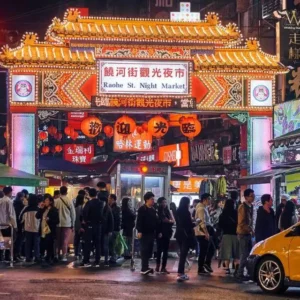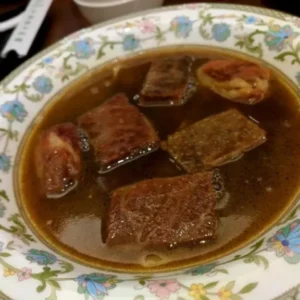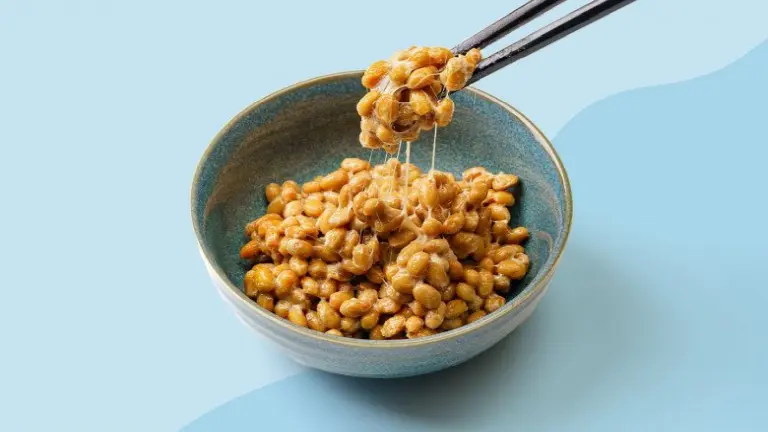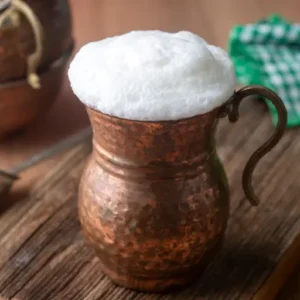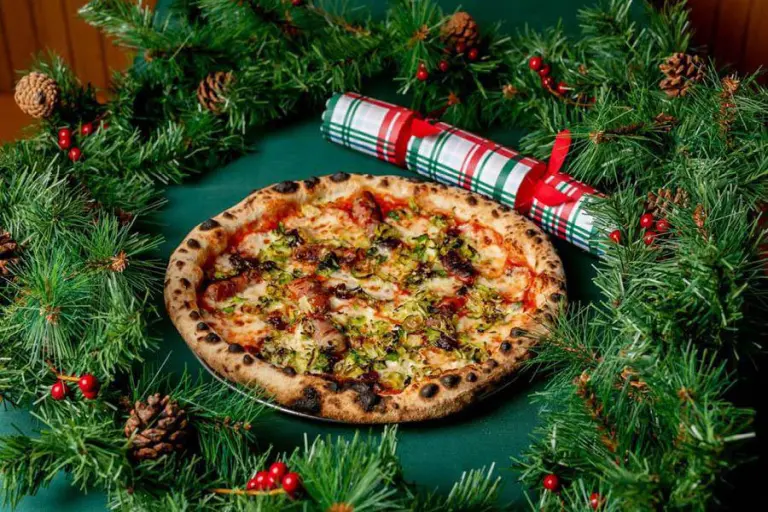Yamaguchi, a “hidden” restaurant in Japan, serves only one dish—fugu (pufferfish)—and is known only to those who are truly passionate about this deadly delicacy.
In the bustling Abeno-ku district of Osaka, a small restaurant tucked away in an alley, with a maximum capacity of just 24 diners, has become a celebrated spot among Japan’s gourmets. The restaurant is run by Noboru Yamaguchi, the second-generation chef of a renowned culinary family.
Yamaguchi avoids publicity and has no desire for fame. His restaurant’s reputation spreads solely by word of mouth among fugu enthusiasts.
“Pufferfish contains a toxin 1,200 times more lethal than cyanide, and just one fish has enough poison to kill 30 people,” the owner explains. The deadly substance, called tetrodotoxin, is found in the ovaries, eyes, skin, blood, and liver—the very parts considered the tastiest yet also the most dangerous.
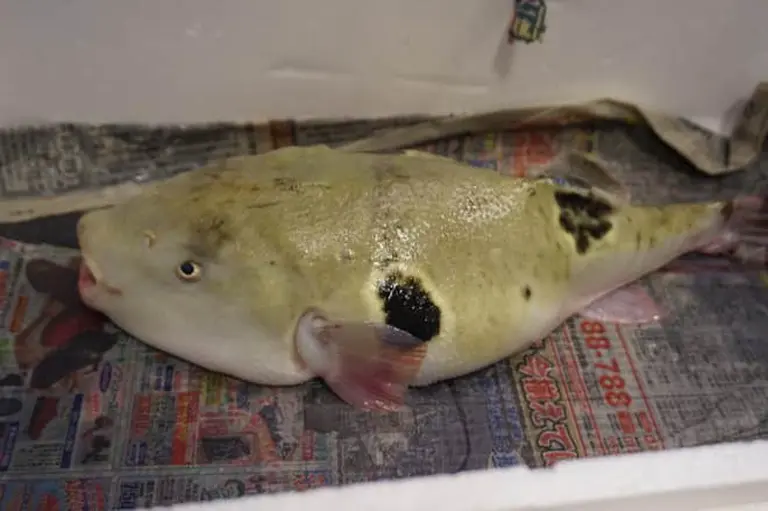
Within 20 minutes of eating, the toxin can cause symptoms such as nausea, numbness, dizziness, and stomach pain, followed by breathing difficulties, muscle paralysis, and cardiac arrest. To this day, there is no antidote for this infamous yet highly prized dish.
Despite the risks, fugu is regarded as one of Japan’s most delicious delicacies—and also among the most expensive. Depending on the grade, style, and quality, thrill-seekers pay anywhere from 5,000 yen (about $35) to 35,000 yen (around $350) for a 100g serving. The fish can be prepared in several ways, including sashimi, hotpot (chirinabe), deep-fried (fugu karaage), porridge, shirako (made from the milt sacs), or even infused in sake.
>> Japanese café serves 22-year-old coffee at over $900 a cup
Chef Yamaguchi has been preparing fugu dishes for over 20 years, inheriting the restaurant in his twenties. His late grandmother opened the restaurant in 1949 and became the first woman in Japan to be licensed to prepare fugu. Today, most chefs must undergo at least two years of rigorous training, followed by an apprenticeship and a notoriously difficult licensing exam before they are permitted to handle the fish.
“Shirako, the dish made from fugu’s milt sacs, is believed to bring blessings of strength to both women and men,” Yamaguchi says. “It is incredibly rare, available only during the two-month mating season each year. Just two sacs can cost around 10,000 yen (over $65).”
Fatal accidents from eating fugu are rare when the dish is prepared by licensed chefs. Still, the combination of danger, price, and flavor makes trying this notorious delicacy a nerve-wracking experience for many.
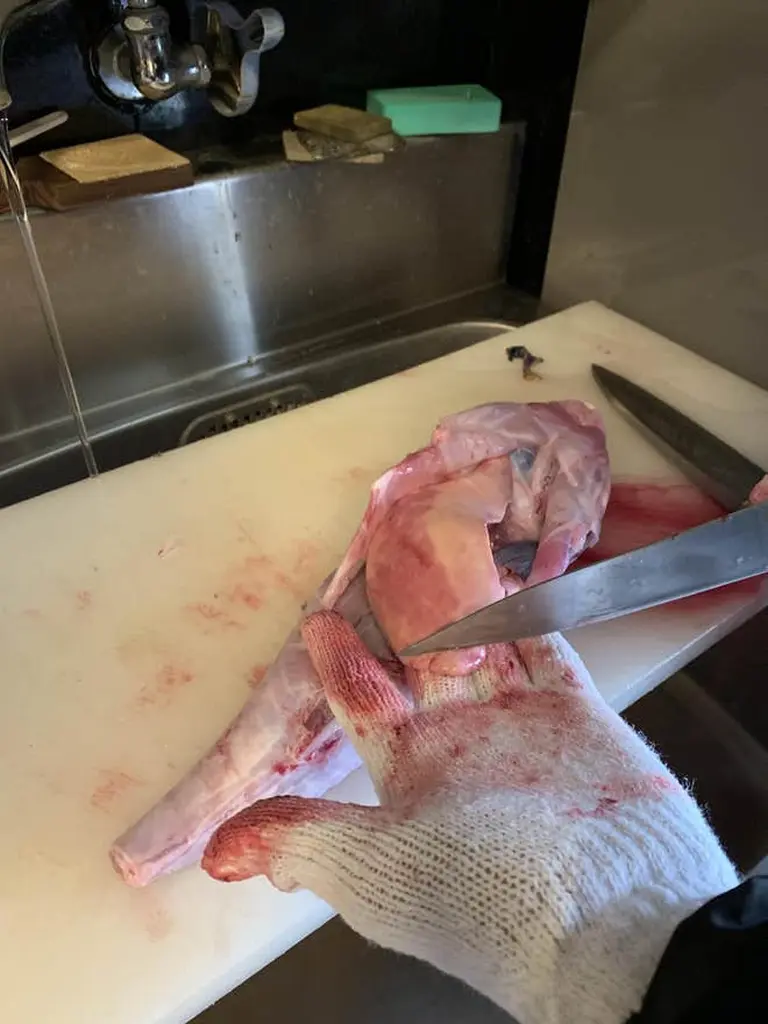
>> Amazake – The ancient Japanese superdrink making a modern comeback
For visitors to Japan, fugu represents more than just a meal—it is a cultural experience that combines tradition, craftsmanship, and a touch of thrill. While its preparation is tightly regulated to ensure safety, the dish remains one of the most unique and talked-about aspects of Japanese cuisine. Whether you choose to try it or simply learn about its fascinating history, fugu offers a glimpse into the country’s deep respect for culinary artistry and its ability to transform even the most unlikely ingredients into a celebrated delicacy.

